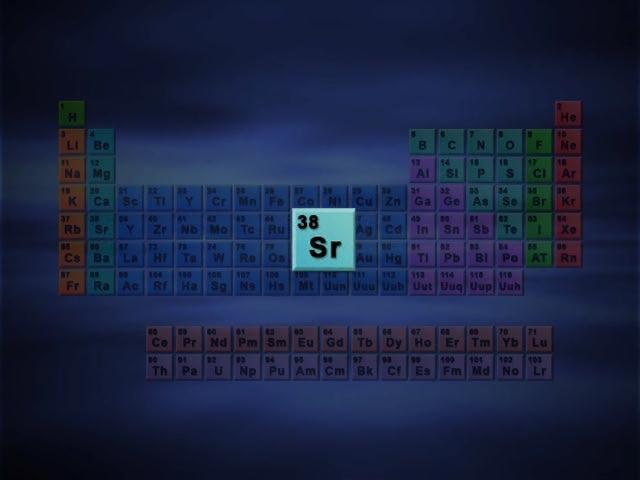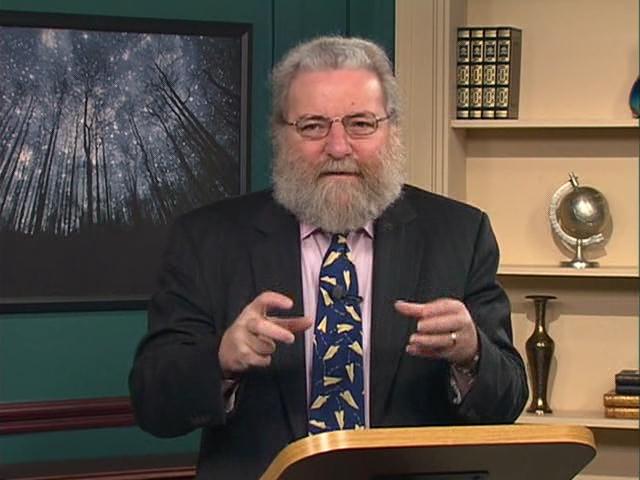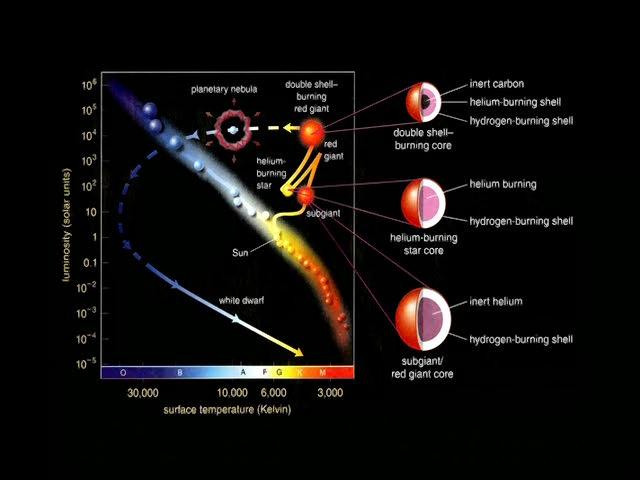![TTC Video - Physics of History [Repost]](https://www.0daytown.com/wp-content/uploads/bb/002b66d5.jpeg)
TTC Video – Physics of History
eLearning | Course No.1252
standard archaeological techniques revealed many interesting aspects of Otzi’s life—including his diet and his dress—it was only through the use of physics that more microscopic clues were uncovered; clues that, decades earlier, might have remained hidden. The strontium-to-lead ratios in Otzi’s teeth matched the ratios found in the Eisack Valley, northeast of present-day Bolzano, Italy, suggesting that was where he spent his childhood. Varying ratios of oxygen 18 to oxygen 16 in Otzi’s bones indicated that he spent much of his later life at higher altitudes. And the presence of excess copper and arsenic in Otzi’s hair suggested that he played an active role in copper smelting.
This is but one of the many examples of how the laws of physics can give us intimate details about history—details that are impossible to find through mere observation. In fact, the history of the entire universe and all it contains is written in the particular arrangements of the fundamental particles that constitute all matter. With recent developments in technology, scientists can now use everything they know about atoms—their origins, structure, and behavior—to uncover the truth about historical mysteries in archaeology, chemistry, geology, astronomy, and even art.
With this unprecedented access to times far earlier than those recorded by historians, scientists can now explore the rise and fall of preliterate societies, the history of the Earth’s changing climate, and even the origins of the solar system 4.5 billion years ago. Using this knowledge, they can finally develop a comprehensive, stable timeline that encompasses all of history, from the beginning of time to today—all by “reading” the history of a bone, a piece of wood, the mortar in a building, a neutrino from the sun, and more.
The Physics of History, taught by award-winning Professor David J. Helfand of Columbia University, gives you the background to understand how scientists know what they do about the past. These 24 richly illustrated lectures cover an astonishing range of cases in which physics has helped to redefine history—in astronomy, archaeology, geology, climatology, art history, and other fields.
An Amazing Voyage
Your amazing voyage begins with five lectures on elementary atomic and nuclear physics. Professor Helfand then builds on this background with a series of lectures dealing with mysteries on Earth. He rounds out the course with a group of lectures that take on the problems of the cosmos, including the radical adjustment in our view of time and space required by Einstein’s theory of relativity.
Immensely rewarding and enlightening, The Physics of History enhances your appreciation of both science and history by addressing questions such as these:
– How did corn spread across the New World? Knowing the photosynthetic pathway used by corn, scientists can analyze Native American bones and chart the spread of corn cultivation, from its origin in the highlands of Mexico to New England over the course of 7,000 years.
– When did the extinction of the dinosaurs occur? Scientists have been able to narrow down June as the month when, 64.5 million years ago, an asteroid slammed into the Yucatan peninsula and wiped out at least 50% of all living species on Earth—all from a frozen water lily leaf preserved at a particular point in its life cycle.
– Which is older, Stonehenge or the pyramids? Archaeologists long considered Stonehenge to be much younger than the Egyptian pyramids. But in the 1960s, carbon-14 dating showed Stonehenge to be much older, predating the pyramids by hundreds of years.
– How old is the Earth? Analysis of a pair of rare atoms in meteorites shows that the Earth and the rest of the solar system formed 4.56 billion years ago. Clues in atoms also tell scientists about the early history of the Earth, where the moon came from, and that the explosion of a nearby star may have triggered the formation of the sun and planets.
Tools of the Trade
In The Physics of History, you explore the resources that scientists use to investigate the past, the most important of which is radioactivity. Radioactive isotopes decay at predictable rates, from fractions of a second to billions of years, making them very precise clocks. Isotopes also serve as tracers for the circumstances that produced them, such as the explosion of a star.
One of the best-known radioactive isotopes is carbon-14. With a half-life of 5,730 years (the time required for half of the atoms to decay), it is ideal for dating carbon-containing material relating to human history. For example, the carbonate mortar in an unusual tower in Rhode Island turned out to be only 300 years old, showing that it was not built by the Vikings before Columbus, as some people believed.
You also examine other tools, many of which are used in combination:
– Tree rings: These annual growth layers have been compiled into a continuous record extending back 12,000 years, allowing wood to be dated from distinctive patterns of ring widths, which also contain information on the weather conditions for any given year.
– Ice cores: With ice sheets more than two miles thick, Greenland and Antarctica preserve the successive snowfalls of 750,000 years. Trapped in these layers are atmospheric gases, sea salt, and dust, which serve as time capsules of long-ago events.
– Ocean sediments: Extending even further back than tree rings or ice cores, ocean sediments represent a continuous 5-million-year record, shedding light on climate change and continental drift.
Drama, Mystery, and Delight
One of the pleasures of The Physics of History is watching Professor Helfand tackle each of his case histories like a detective at a crime scene, using an arsenal of techniques to tease vivid stories from the slimmest of evidence. The drama and delight of his teaching style have made him a popular lecturer at Columbia University, where he was honored with a Presidential Teaching Award and a Great Teacher Award from the Society of Columbia Graduates.
Among the many mysteries you solve with him are these:
– How to use atoms in a work of art to show whether it is a fake
– Why a simple ratio of isotopes can signal if orange juice has been adulterated with corn syrup
– What created the left-handed asymmetry in amino acids found in all forms of life on Earth, as well as in meteorites
The Physics of History is an insightful feast that will undoubtedly satisfy your curiosity about some of the most profound discoveries in the history of humanity—and the universe. With the wealth of information contained in this course, the next time you hear about a breakthrough scientific finding in the news, you’ll be better equipped to answer the question: How did they do that?



2 Fundamentally, What’s the World Made Of?
3 Energy in the Atomic World
4 The Atomic Basis of the Senses
5 Radioactivity—Nature’s Imperturbable Clock
6 From Detecting Forgeries to the First Art
7 Watching Plaster Dry—And Dating It
8 We Are What We Eat—The History of Diet
9 A Plant Is What It Eats—Tracing Agriculture
10 Tree Rings—Seasons of the Past 12,000 Years
11 Ice Cores—Climate Records for 800 Millennia
12 Ocean Sediments Reveal 5 Million Years
13 A Bad Day in June—Death of the Dinosaurs
14 The Origin and Early History of Life
15 The History of Earth’s Atmosphere
16 The Age of the Solar System
17 What Happened before the Sun Was Born?
18 Atoms Are Star Stuff—Cooking Up Carbon
19 The Lives of Big Stars—Cooking Up Big Atoms
20 Relativity—Space and Time Become Spacetime
21 (Almost) Everything Is Relative
22 Matter Vanishes; Light Speed Is Breached?
23 The Limits of Vision—13.7 Billion Years Ago
24 The First Few Minutes—Where It All Began
Download uploaded
http://uploaded.net/file/rjdgorc2/Physi.of.Histor.part1.rar
http://uploaded.net/file/a6o8i6g8/Physi.of.Histor.part2.rar
http://uploaded.net/file/jdfo33ag/Physi.of.Histor.part3.rar
http://uploaded.net/file/d0n9wubz/Physi.of.Histor.part4.rar
http://uploaded.net/file/j4s5tufv/Physi.of.Histor.part5.rar
http://uploaded.net/file/a0m1iylf/Physi.of.Histor.part6.rar
http://uploaded.net/file/pmr33s7l/Physi.of.Histor.part7.rar
http://uploaded.net/file/pzrdlj8d/Physi.of.Histor.part8.rar
Download rapidgator
http://rg.to/file/f25c837067ab30c496fd09fa228dc3b5/Physi.of.Histor.part1.rar.html
http://rg.to/file/2e02a466664704c9d37345ce13efbf5c/Physi.of.Histor.part2.rar.html
http://rg.to/file/d52b4e77faed374e1219990e0c6b3c8f/Physi.of.Histor.part3.rar.html
http://rg.to/file/fa77aefb4682930f6f641123bcdbebbc/Physi.of.Histor.part4.rar.html
http://rg.to/file/85cb4df18f70eae1cb8c6571aee33189/Physi.of.Histor.part5.rar.html
http://rg.to/file/909b25a18d89bc274f8efcbd1a206d1d/Physi.of.Histor.part6.rar.html
http://rg.to/file/512ef3482f4e78cb74a9e480619db9ca/Physi.of.Histor.part7.rar.html
http://rg.to/file/7e95736e01f00d3a9a492eea0942ff55/Physi.of.Histor.part8.rar.html
Download 百度云
你是VIP 1个月(1 month)赞助会员,
转载请注明:0daytown » TTC Video – Physics of History
与本文相关的文章
- Unreal Engine 5 for Absolute Beginners: Build Subway Surfers
- iOS & Swift: Server/Backend-Driven UI for Dynamic Apps
- Python 3 OOP: Master Python Object Oriented Programming
- Automation Testing Strategies with ASP.NET Core
- Python for VLSI Engineer P2 : Understanding COCOTB
- Adobe Illustrator Essentials: Design Like a Pro in Days
- Building Powerful AI Marketing Automation with OpenAI API
- Creating an Abandoned Church Environment in Unreal Engine 5
- Train Object Detection Models For Android – Java & Kotlin
- Master Next.js for Beginners 2024 with projects
- Backend Systems Design
- AUTOSAR Application Software Layer Course (ASWL) | english


